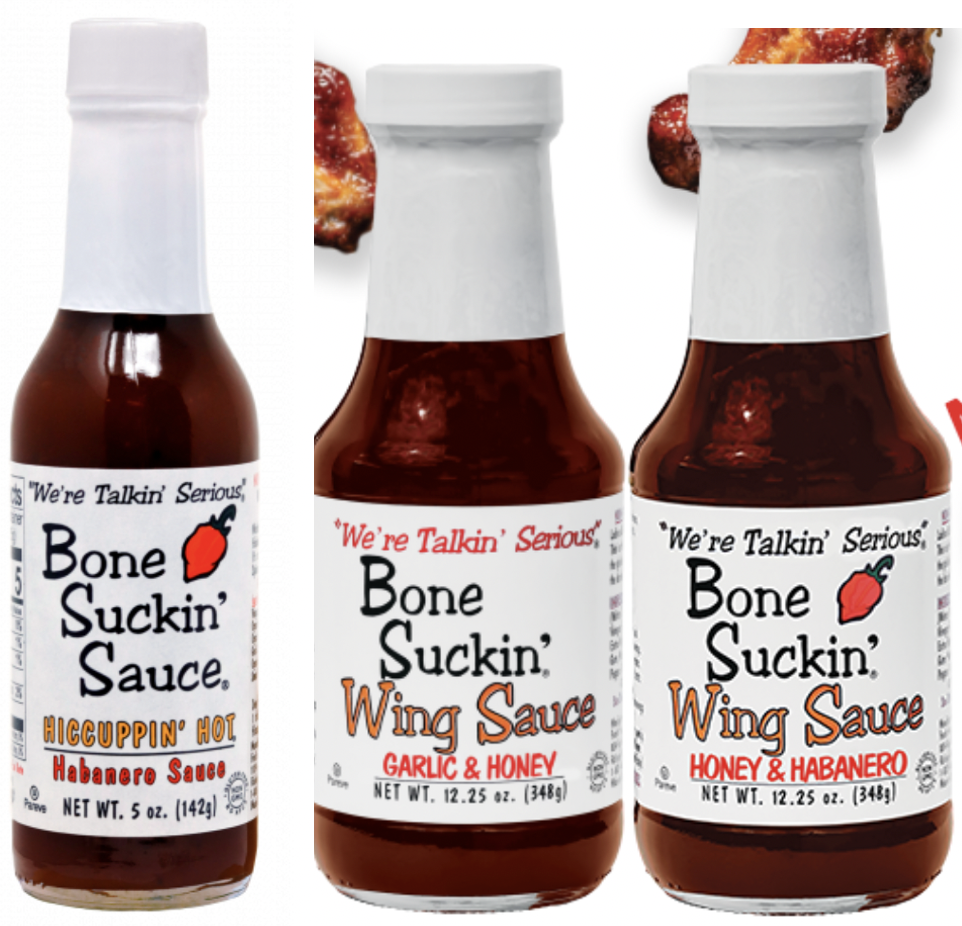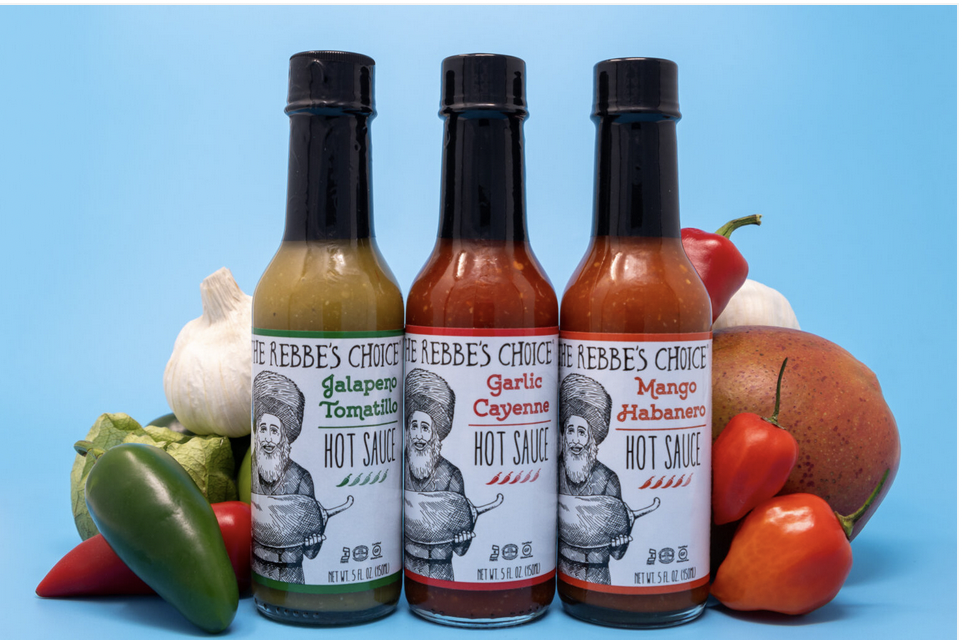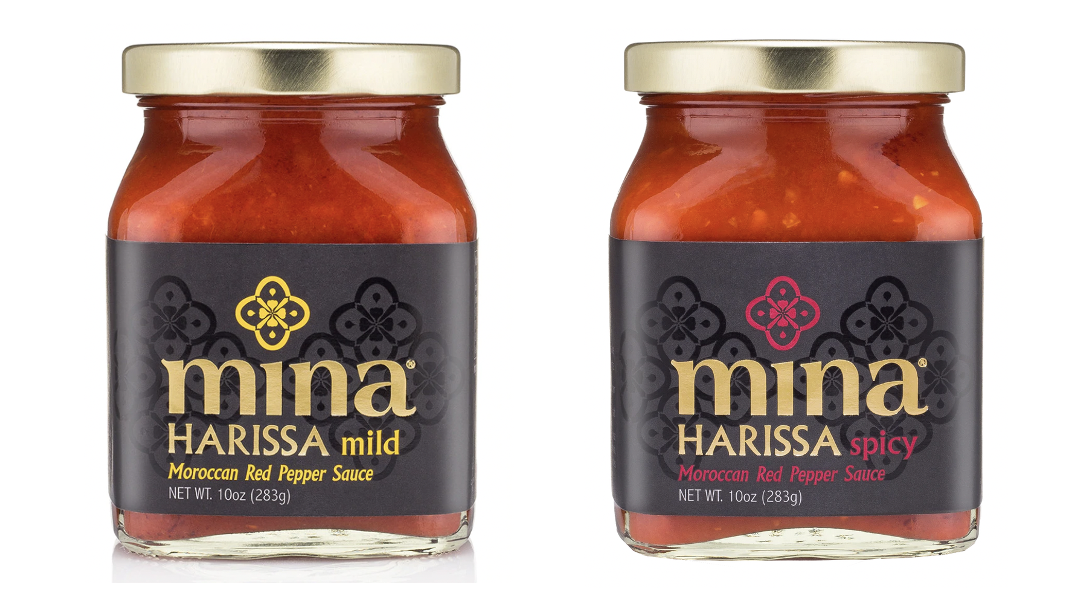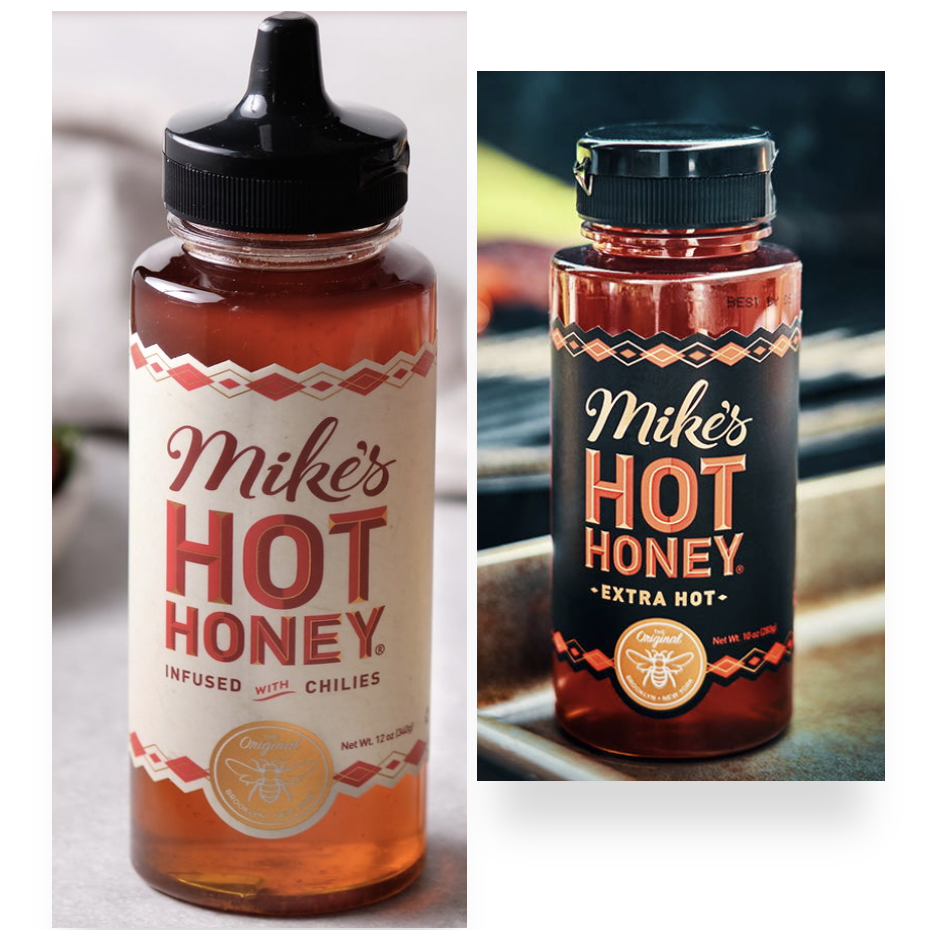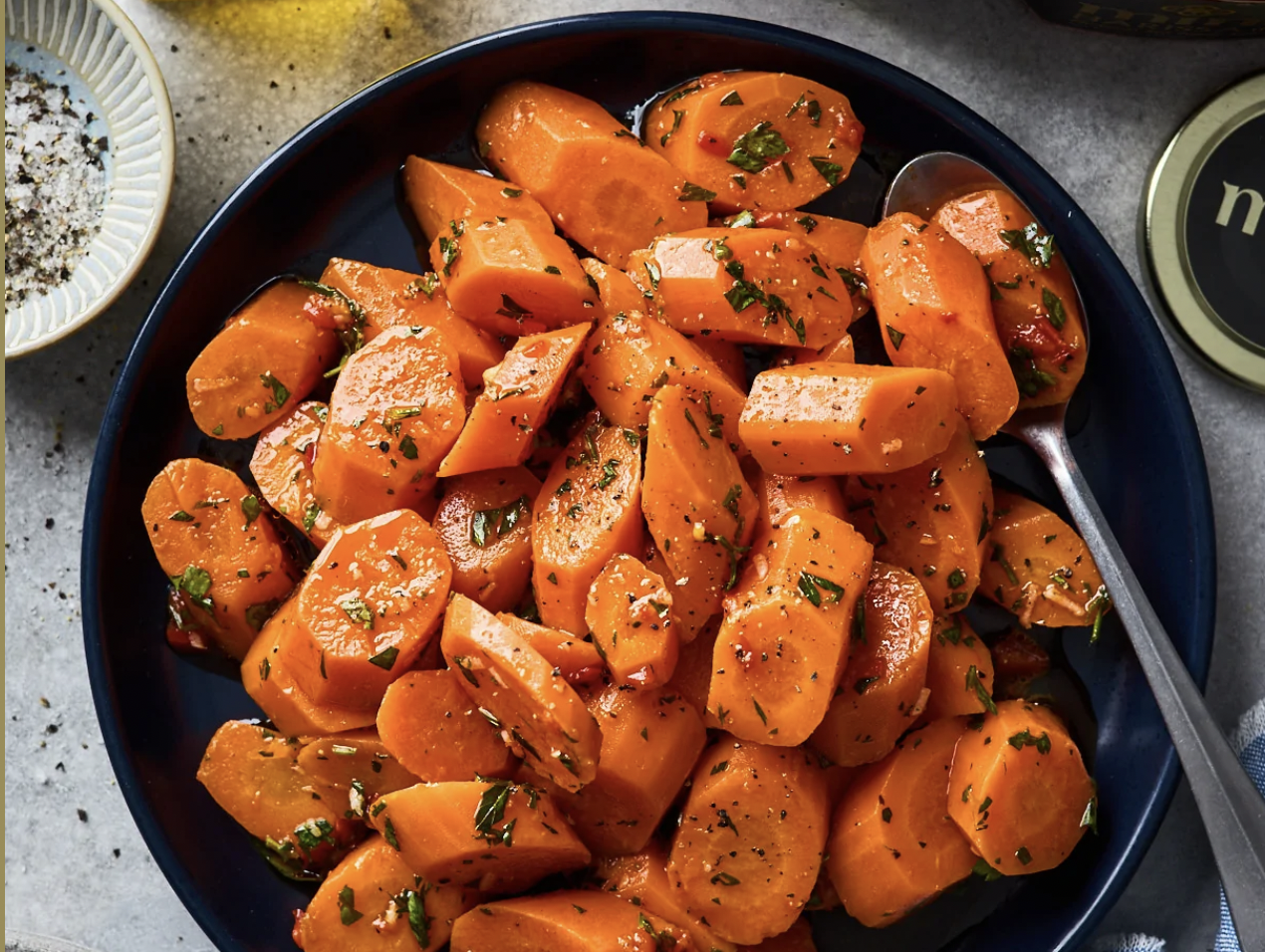Some like it Hot
By Chef David
Every ethnic cuisine has a unique flavor profile, including kosher cooking – which encompasses both Ashkenazi with Eastern European roots and Sephardic with Mediterranean styles. Staples tend to be on the milder end of the flavor spectrum, serving traditional meals of chicken soup, chulent, kugel, brisket, or gefilte fish. These recipes were passed down for generations from a time when food was sustenance. A dash of hot sauce can help the flavors pop, creating an enticing variation on a time-tested theme.
With an ever-increasing number of kosher hot sauces to choose from, there is a perfect flavor for every cooking style and palate. Unlike the typical marketing spin, hot sauce does not need to burn your mouth. Instead, it should be a taste that pulls together the flavors and elevates your meal. Each sauce introduces a distinct taste profile The Rebbe’s Choice certified by Kof K has a slow burn, Bone Suckin’ Sauce certified by OU is a barbeque style, Mina harissa certified by OU is a traditional Moroccan flavor, and Mike’s Hot Honey certified by Kof K adds a signature sweetness.
About Hot Chili Peppers
Hot sauces are made by blending and cooking chili peppers. This process releases capsaicin, the chemical compound responsible for producing ‘the heat’ and the distinctive taste in hot sauce, which is not really a taste. The ‘heat’ is the body’s response to the feeling of pain triggered by capsaicin. Capsaicin activates a protein called TRPVI which alerts the brain to the sensation of pain. Because the TRPVI does not turn off immediately, the lingering effect prevents the body from feeling additional pain. This property is beneficial when capsaicin is used as a topical form of pain relief. Capsaicin stimulates nerve endings in the skin after the initial feeling of discomfort subsides leaving the patient temporarily pain-free.
Capsaicin is a key ingredient in Pepper Spray, which is sprayed at an attacker’s eyes producing tears, pain, and temporary blindness. Eating capsaicin increases the metabolism by activating the fight-or-flight response increasing the rate you burn fat.
Capsaicin can slow or stop microbial growth making hot sauce popular before refrigeration.
Measuring the Heat
The degree of heat is quantified using the Scoville scale (SHU), developed in 1912 by American pharmacist Wilbur Scoville. The measure of spiciness is based on the concentration of capsaicin.
The SHU scale starts in the 0 – 100 range with bell and banana peppers followed by 1,000 – 10,000 with the popular Anaheim and Jalapeno peppers. The high-end extends to 1.5 million SHU and is associated with ghost peppers, renown for their extreme heat. The Carolina Reaper is one of the hottest peppers at 2.2 million SHU. Topping the scale is pepper spray used by law enforcement which can reach 5 million SHU. Most sauces do not list the SHU score, and instead classify themselves as mild, medium, or hot.
The magic of hot sauce come from proper pairing with your meal and using it sparingly, just enough to bring out the essential flavors.
Common Hot Sauces
Hot sauces are commonly associated with regions and ethnicities. Louisiana-Style hot sauce tends to be a milder, thin sauce traditionally made by a combination of chili peppers, vinegar, and salt. Southwest and Mexican hot sauces are typically green chili-based, using habanero, and jalapeno peppers. They contain less vinegar, which makes them hotter and thicker.
Then there are Asian-inspired hot sauces such as Sriracha, which are made from red chilies, sugar, salt, garlic, and vinegar. In Middle Eastern cooking, heat comes from harissa. Harissa is a thicker paste made from a combination of dried chiles, oil, and herbs and spices like coriander, cumin, caraway, and garlic. It is commonly associated with falafel. Rounding out the flavor profile is hot honey, which infuses honey with chili peppers.
Pour with Care
If you are not familiar with hot sauces, exercise caution when pouring them. In the movies, hot sauce drips slowly from the glass bottle, requiring encouragement to pour out. Most of the sauces we sampled poured quickly and freely. Historically, manufacturers of hot sauce used a plastic insert to restrict the flow, this is no longer the case. The acidity of hot cause can dissolve plastic, which is why hot sauce typically comes in glass bottles.
Bone Suckin’ Sauce was developed in 1987 by real estate appraiser Phil Ford in Raleigh, North Carolina in an attempt to copy his mother’s recipe. In 1992, his sister-in-law, owner of a gourmet foods business encouraged him to bring the sauce to market. They had something special, a BBQ sauce which won awards. They have developed many sauces since then including their Bone Suckin’ Hiccuppin Hot Habanero won first place at the Fiery Good challenge. This sauce has a distinctive tomato base, combining sweetness from honey and molasses offsetting the spice. Its flavor profile includes a tangy smokey mix, of apple cider vinegar and natural smoke, and complexity from both mustard and horseradish. For less adventurous palates, there is Bone Suckin’ Wing Sauce, which comes in three varieties: Honey & Habanero, Teriyaki & Ginger, and Garlic & Honey. The bottle brags of ‘Finally a hot with flavor’ and they are right!
Bone Suckin’ Sauce brand developed a large line of products including their barbeque sauce (which comes in hot, mild, and thicker versions). We enjoyed Bone Suckin’ mustard which is a sweet spicy taste that was delicious on knishes. Each of their products was distinctive in taste and consistency. Bone Suckin’ Yaki in Ginger Sesame and Teriyaki Style uses Italian balsamic vinegar and extra virgin olive oil to create a depth of flavor.
Each bottle packs a powerful flavor with a range of textures, and tastes, that mix and match well together.
The Rebbe’s Choice was inspired by a yeshiva student, Naftali Engel who while studying in Israel in 2014 became fascinated with herring. He turned his hobby into a business, creating The Rebbe’s Choice brand. Heimish meets high-end. He found unique pairings of flavors, and textures, all using high-quality ingredients. Along with a wide variety of fish dishes, The Rebbe’s Choice offers three distinctive hot sauces.
Mango Habanero balances the heat of the pepper with sweetness from mango giving this sauce a four-pepper rating. Garlic Cayenne Hot Sauce is a small batch sauce with a big flavor achieved by blending garlic with cayenne peppers. By adding a touch of sweetness from molasses to complete the complex flavor profile (rated two and a half peppers) this sauce has a mild heat and a touch of sweetness. Jalapeno Tomatillo Hot sauce (rated one pepper) is a mild blending of jalapenos and tomatillos.
While the trio include Jalapeno peppers, vinegar, and salt, they diverge creating distinctive taste profiles, pairing sweetness and spicy. They offer choices that are appealing to the most delicate palate and can be used to enhance rather than overpower. Our favorite was the Green Jalapeno Tomatillo. This sauce is milder, using lime juice and cane sugar as a counterbalance, adding spinach powder for delightful green color and tequila as a finishing touch!
Mina brand was developed by the family matriarch, Mina whose roots can be traced to 1950s Casablanca, Morocco. She modified these century-old recipes which were passed from generation to generation and made her signature modifications by adding extra virgin olive oil and garlic. She left Morocco, traveled to Paris, and then to New York where she opened a catering business. In 2010 her children created a brand to share her recipes, including sauces, extra virgin olive oil, olives, and harissa.
Use it sparingly, because the spicy provides a full-bodied flavor that delivers a punch, which keeps you coming back for more. Fortunately, they offer a milder version, which we sampled. This sauce is made from simple ingredients, including Moroccan red peppers, chili pepper, garlic, and olive oil.
Mike’s Hot Honey was founded in 2010 by Mike Kurtz, the Brooklyn-based brand, which infuses honey with chili peppers, was first drizzled on pizzas, and became a word-of-mouth sensation. This unusual taste combination works with vanilla ice cream and brownies for a non-traditional twist. We enjoyed using it combined with vinegar, and oil for a more kicked-up salad dressing, providing a unique pairing of sweetness and heat. Just add hot honey to any of your usual marinades or dressings that call for honey. For a surprisingly satisfying snack, try a sandwich of peanut butter and Mike’s Hot Honey.
For an extreme taste sensation, Mike’s Hot Honey also comes in extra hot. Mike’s Hot Honey is naturally gluten-free, honey stored at room temperature should never expire.
Lowering the Heat
If you are afraid of making your recipe too hot, adding lemon or lime juice can tone down the spice, as does paring with acidic foods, such as pineapple or tomato sauce. Adding potatoes or carrots is another way to retain the flavor while reducing the heat factor.
Experiment, by adding taste sparingly. It is always easier to allow diners to add more. If you overindulge, don’t reach for a drink of water, as that will spread the heat. Instead, use bread or starch to quench the fire by providing a physical barrier. To neutralize the capsaicin, turn to milk-based products which contain a protein called casein.
Complex Cooking Condiment
Hot sauces are flavor accentuators, adding to the profile of traditional dishes. While the media focus on their mouth-numbing potential, these condiments help spark your appetite by introducing enhanced flavors. Hot sauces fall across a flavor spectrum Mike’s Hot Honey is on the sweeter side with hotter heat from The Rebbe’s Choice while the Bone Suckin’ Sauce offers a more traditional taste and Mina Moroccan rounds out the flavor grouping with harissa – a range of offerings providing something for everyone.
Moroccan Carrot Salad (adapted from Mina)
Ingredients
-
- 4 medium carrots, peeled and sliced thickly
- 1 garlic clove, peeled minced, or mashed
- 2 tablespoons olive oil
- 2 tablespoons Mina harissa
- ½ teaspoon cumin
Method
-
- Boil carrots until fork-tender (approximately 15 minutes)
- Drain and allow to cool in a bowl
- Add remaining ingredients and gently mix
- Serve and enjoy


